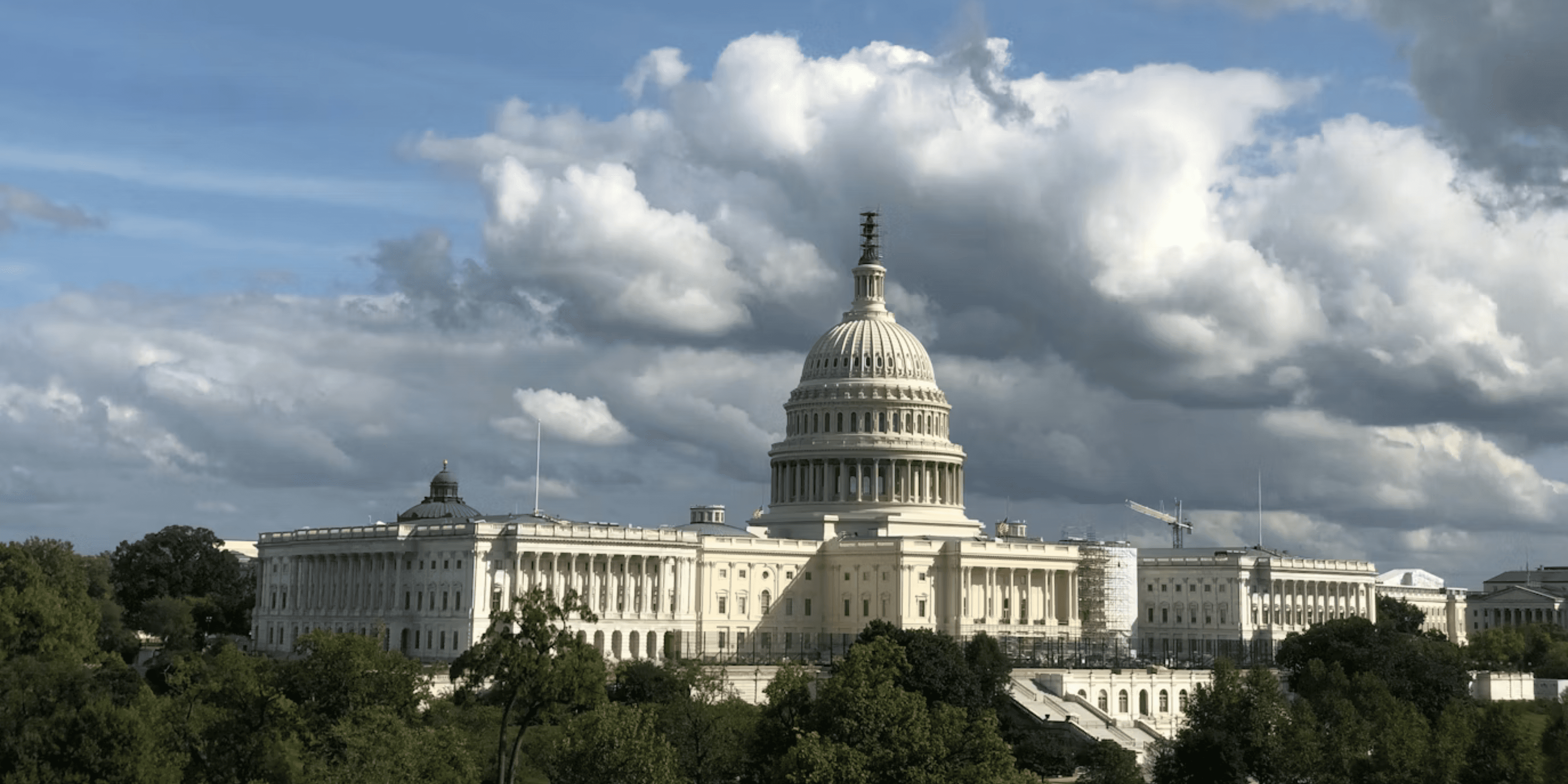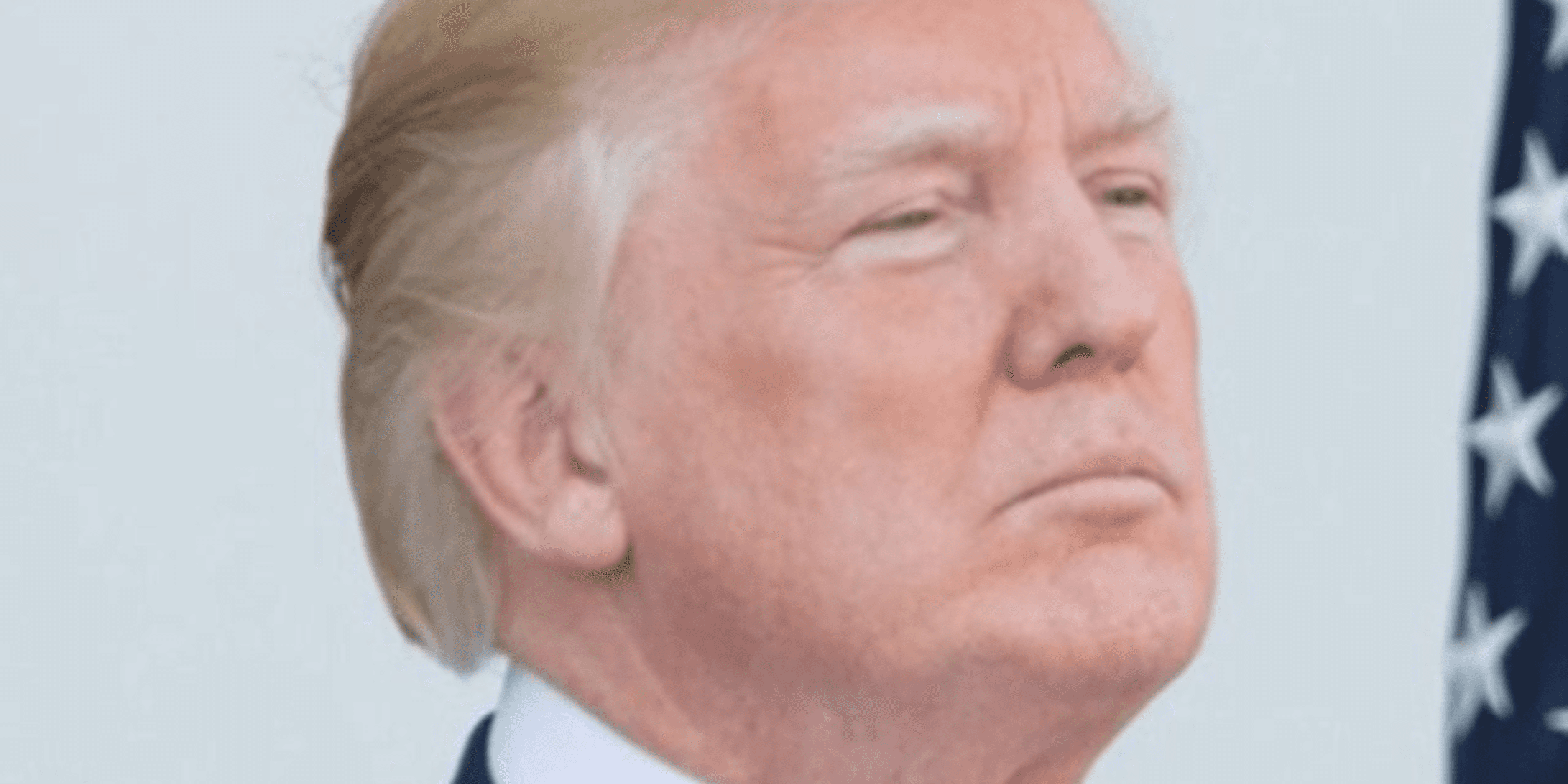newsletter
Your Daily News in Just 5 Minutes!
Featured
Featured
Trump’s Tariff Blitz Sends Markets Tumbling
President Trump’s sweeping new tariffs sent U.S. markets reeling and deepened global trade tensions, while job growth stumbled and federal agencies began mass layoffs. Rising geopolitical strains with Russia and a surge in clean energy installations added to a transformative day in U.S. news.
Aug 1, 2025

President Donald Trump formally imposed new tariffs ranging from 10% to 41% on imports from at least 70 countries, including steep levies on Canada, Mexico, Brazil, India, Switzerland, and the EU, effective August 7. The announcement triggered a sharp market reaction: the Dow fell over 600 points, the S&P 500 declined nearly 2%, and the Nasdaq dropped 2.5%. The tariffs raise the effective U.S. average rate to levels not seen since the 1930s, disrupting global trade and raising inflation fears.
At the same time, labor market data disappointed: only 73,000 jobs were added in July—well below expectations—combined with downward revisions totaling 258,000 positions in prior months. The unemployment rate rose to 4.2%, while wage growth held at 3.7%. Investors reacted by shifting into government bonds, pushing down yields and increasing bets on a Federal Reserve rate cut in September.

Federal Agencies Begin Widespread Layoffs
As part of the administration’s push to reduce government size, more than 150,000 federal workers have been offered buyouts and paid not to work. Significant layoffs are underway at agencies including NASA, NOAA, the SEC, FDA, and USAID. Nearly the entire global staff of USAID may be eliminated, with only 294 out of over 10,000 retained. Critics warn that the reductions could slow critical services, particularly in health, science, and international development.

U.S. Deploys Subs Near Russia Amid Escalating Tensions
In response to inflammatory remarks by Russian official Dmitry Medvedev, President Trump ordered two U.S. nuclear submarines to move closer to Russian waters. The show of force underscores escalating tensions, as Russia and the U.S. continue to exchange geopolitical challenges. Domestically, nearly 60% of Americans blamed Trump for rising living costs, citing tariffs as a key driver of inflation.

Surge in Clean Energy Capacity in First Half of 2025
Amid economic uncertainties, energy infrastructure is seeing transformation: the U.S. added 341 new power plants or utility‑scale battery systems in the first half of the year, resulting in over 22,300 MW of summer generating capacity—most of which comes from solar or wind installations. This reflects a marked shift toward renewable energy despite broader fiscal challenges.

NASA’s Crew‑11 Mission Delayed, Streaming Milestone Set
NASA postponed the launch of its SpaceX Crew‑11 mission from July 31 to today—August 1—due to weather constraints at Florida’s Cape Canaveral. The flight will ferry four astronauts to the International Space Station aboard the Falcon 9 rocket and Dragon capsule. In a first, the mission will be broadcast via Netflix, opening a new era of live spaceflight programming on mainstream streaming platforms.
Looking Ahead
With the new tariffs set to take effect on August 7, markets and policymakers will closely watch whether negotiations with nations like Mexico, India, China, and the EU can avert further escalation. The labor outlook remains tenuous, and attention will turn to non‑farm payrolls and inflation data in coming weeks. The Federal Reserve’s next moves will be pivotal amid growing bets on a September interest rate cut. As federal layoffs continue, scrutiny will intensify over public service capacity and budget austerity impacts. Finally, the unfolding U.S.–Russia dynamic bears watching, alongside evolving trade and energy policies that could reshape both domestic and global economic landscapes.
Related blogs
Related blogs
Copyright 2025 USA NEWS all rights reserved
newsletter
Get daily news directly in your inbox!
Copyright 2025 USA NEWS all rights reserved
newsletter
Get daily news directly in your inbox!
Copyright 2025 USA NEWS all rights reserved
Copyright 2025 USA NEWS all rights reserved













